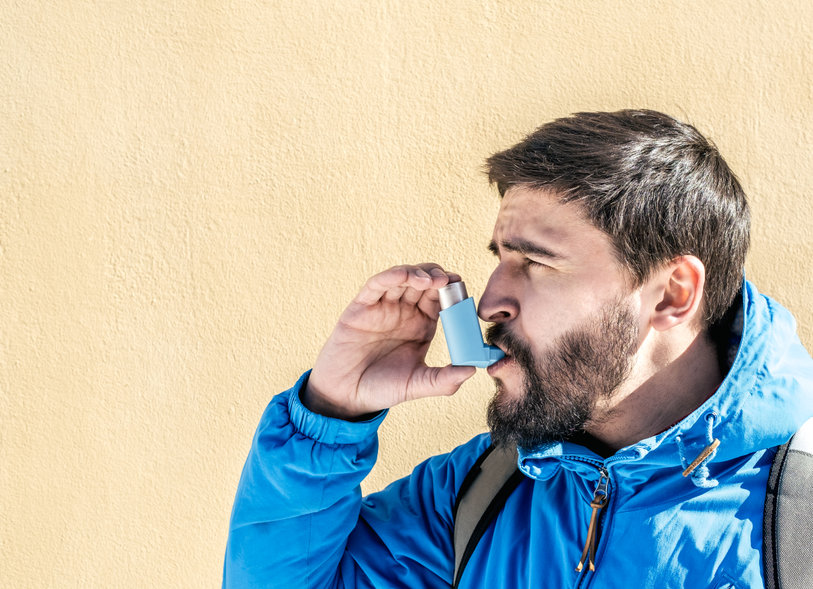On March 15th, 2022, the FDA announced that a generic for the brand name inhaler Symbicort was approved for use in the United States. This marks a huge step forward in making inhalers for people with asthma or Chronic Obstructive Pulmonary Disease (COPD) more affordable. According to the National Heart, Lung, and Blood Institute (NHLBI), asthma affects 25 million people and COPD impacts more than 16 million. There are also many children who suffer from asthma, along the lines of 5 million or more according to the NHLBI.
Symbicort is an inhaler containing two drug ingredients, budesonide and formoterol. Budesonide is an inhaled corticosteroid, which helps reduce inflammation of the airways. Formoterol is a long-acting bronchodilator, which helps open the airways to improve breathing.
Also read about a new injectable drug to treat asthma.
Symbicort is used for the treatment of asthma and COPD, including chronic bronchitis and/or emphysema. The generic approval indicates approval for use in patients as young as 6 years of age with asthma. This includes two different strengths of the inhaler, which are the same as the brand name – 80/4.5 mcg per actuation and 160/4.5 mcg per actuation. The generic manufacturer who was granted approval is called Mylan Pharmaceuticals, Inc.
Symbicort is used as an everyday inhaler to prevent symptoms, reduce exacerbations, and prevent the need for using a “rescue inhaler”, like albuterol. Usual dosing for Symbicort inhalers includes two puffs in the morning and two puffs in the evening. Try to space the doses out by 12 hours, but taking it every day, twice a day, is the most important thing to remember. It is not to be used as a treatment during an acute, severe episode, like a severe asthma attack or COPD exacerbation. You should always have a fast-acting rescue inhaler, like albuterol, on hand for sudden symptoms. Because the inhaler contains a corticosteroid, it is important to rinse your mouth with water and spit out the water after each use. This will help prevent a fungal infection of the mouth and/or throat called thrush.
Other common side effects associated with Symbicort inhaler include swelling of the nasal passages and back of the throat, pain in the nose and mouth, headache, upper respiratory tract infections, nasal congestion, and/or sinusitis. If you’re not sure how to properly use the inhaler, see page 10 of resource two below, or ask your doctor or pharmacist.
If you’re already taking Symbicort, or your health care provider plans to prescribe it, you’re in luck because it is going generic. This can help folks save a lot of money. Ask your local pharmacist if the generic is available to you.
Resources:
1) https://www.fda.gov/news-events/press-announcements/fda-approves-first-generic-symbicort-treat-asthma-and-copd
2)https://www.fda.gov/media/73035/download#:~:text=SYMBICORT%20should%20be%20taken%20every,2%20puffs%20in%20the%20evening.&text=If%20you%20miss%20a%20dose,than%20you%20have%20been%20prescribed.












